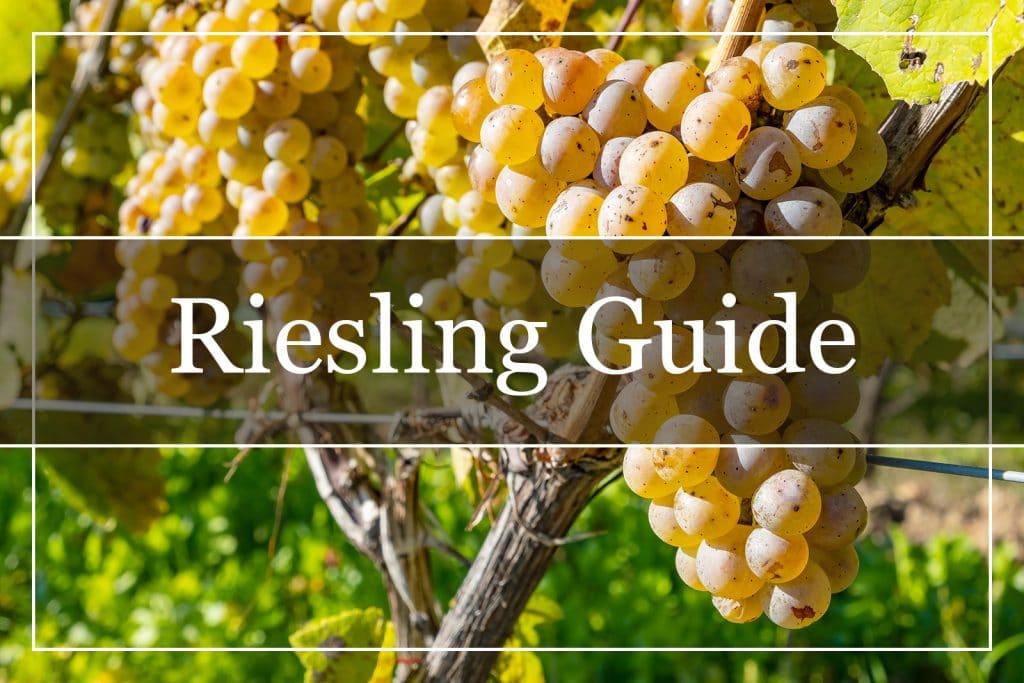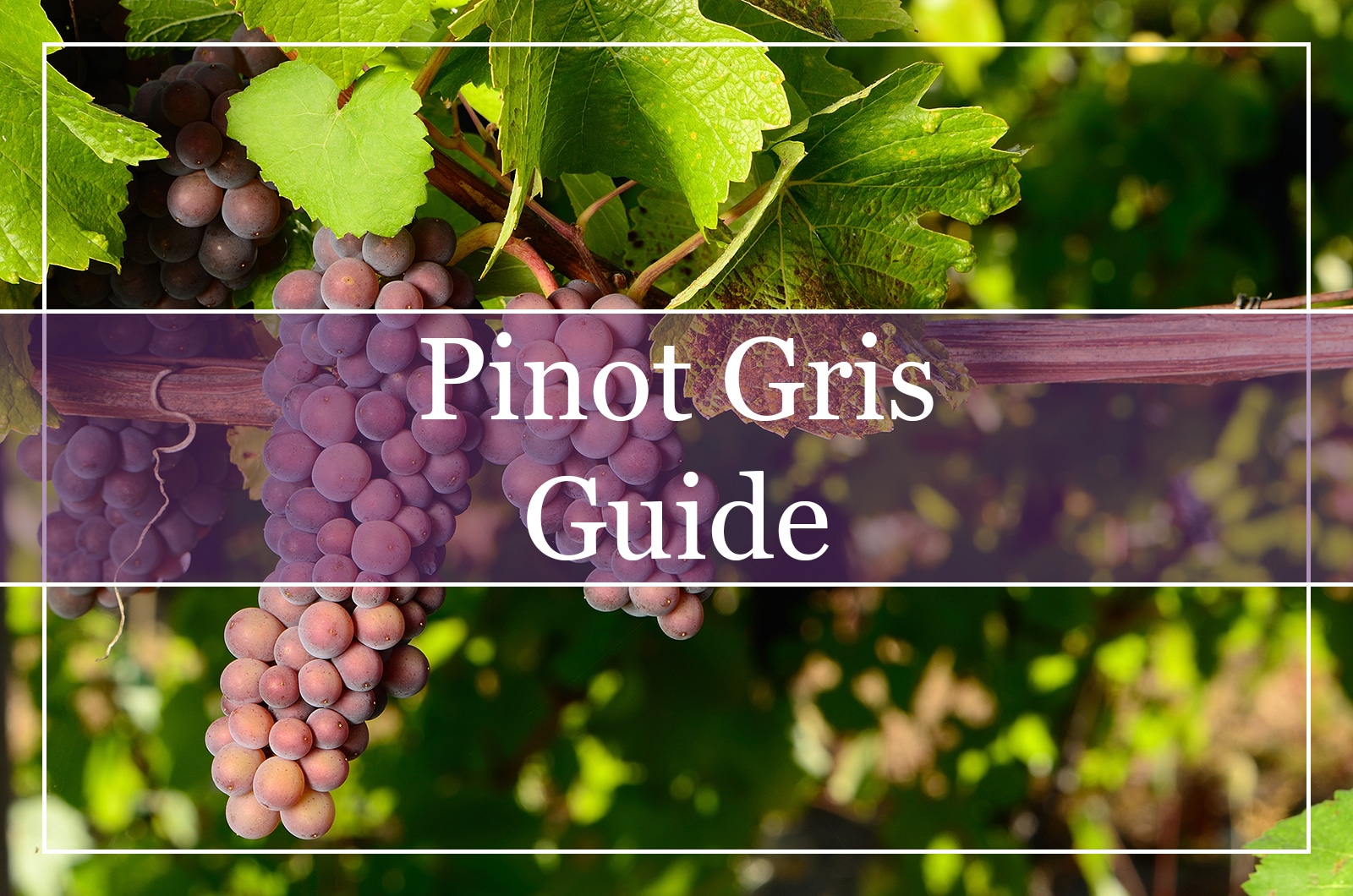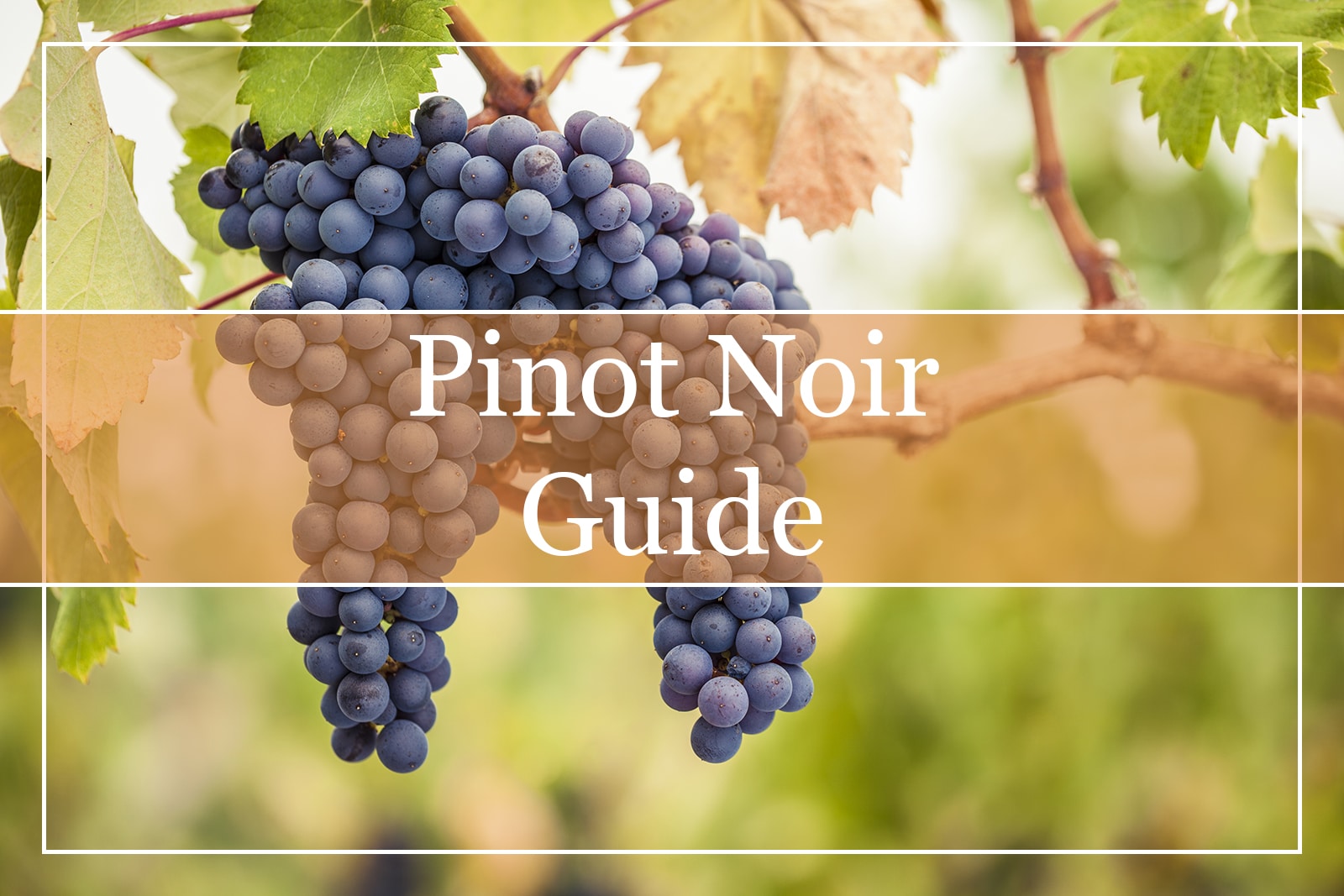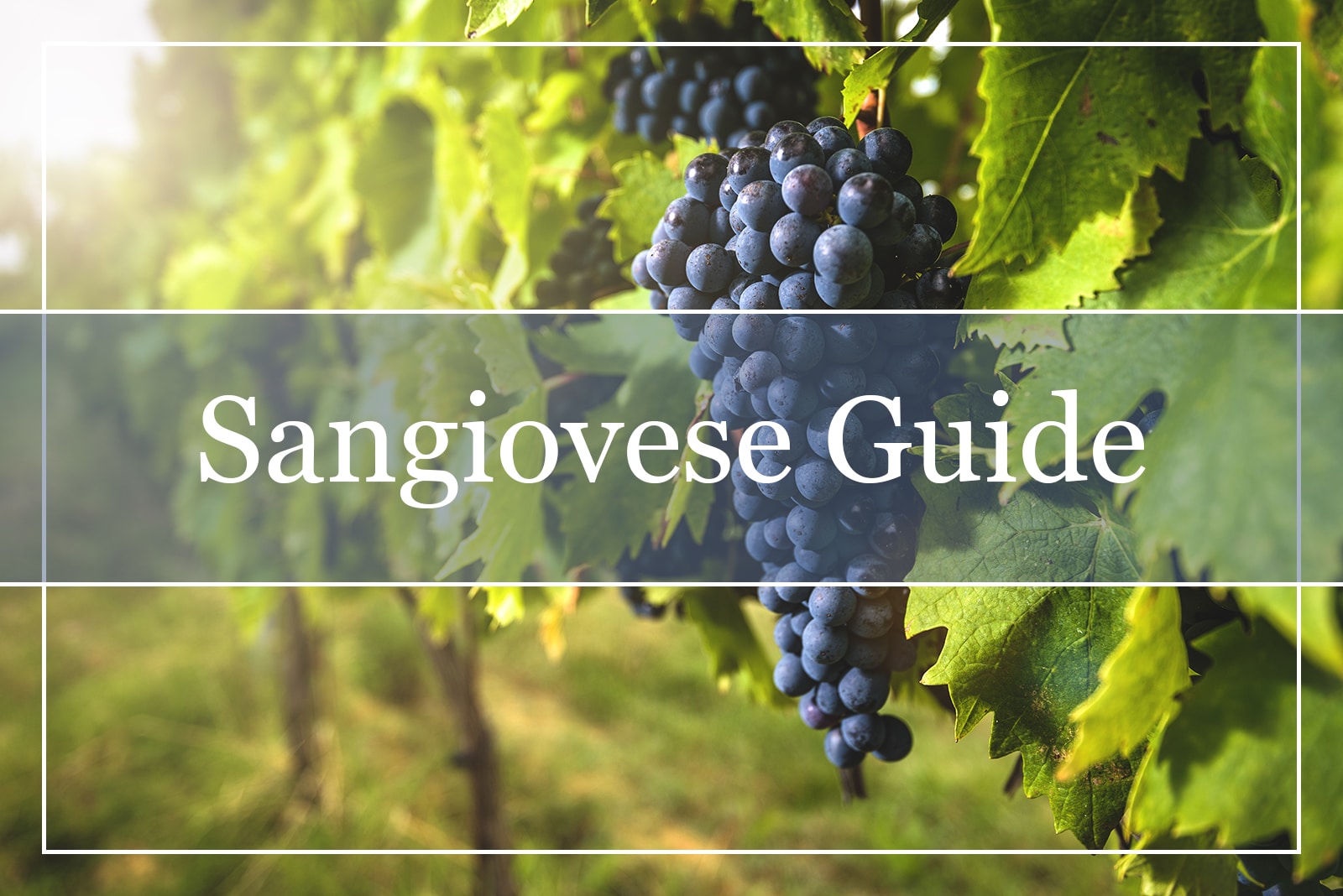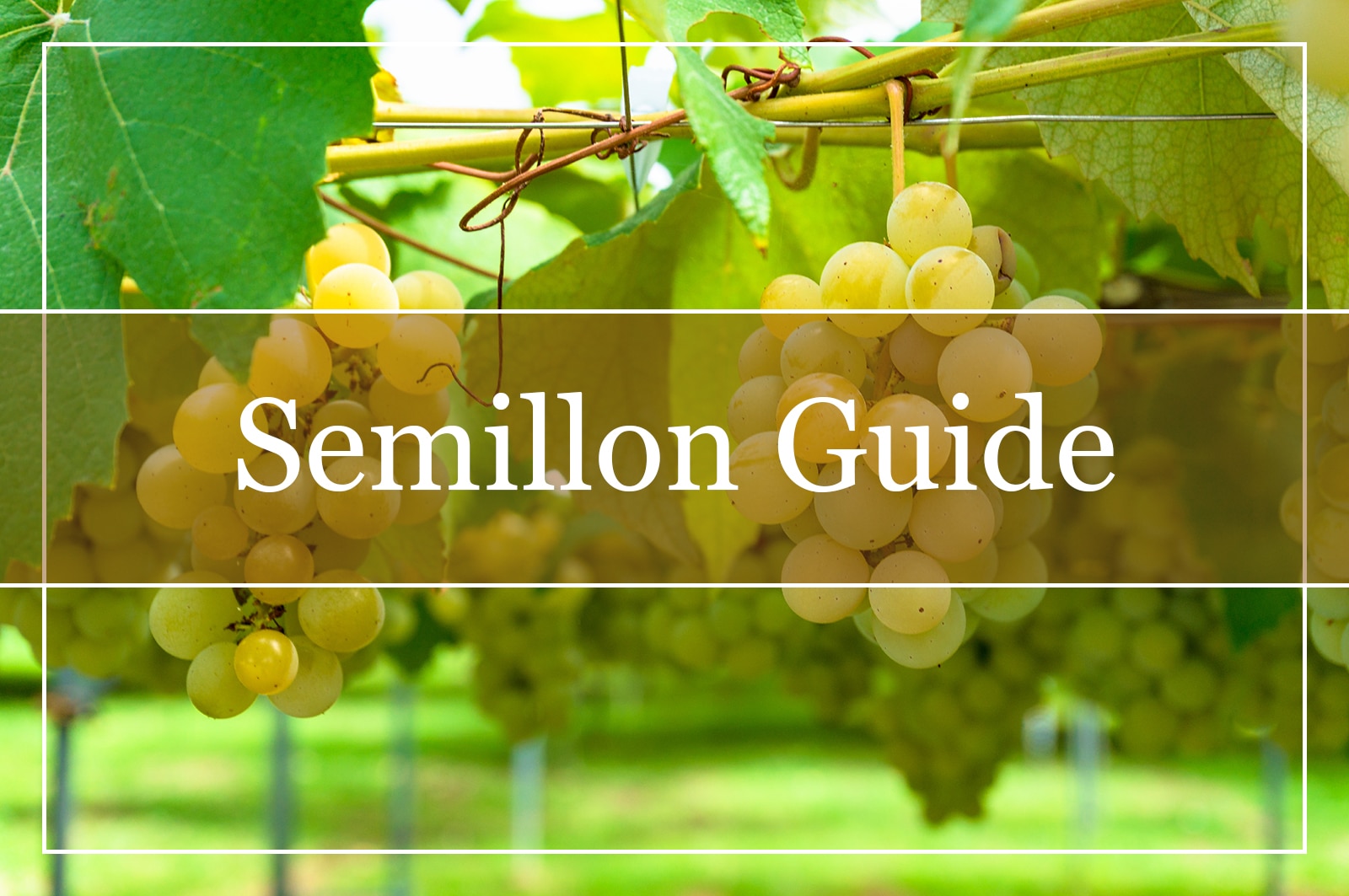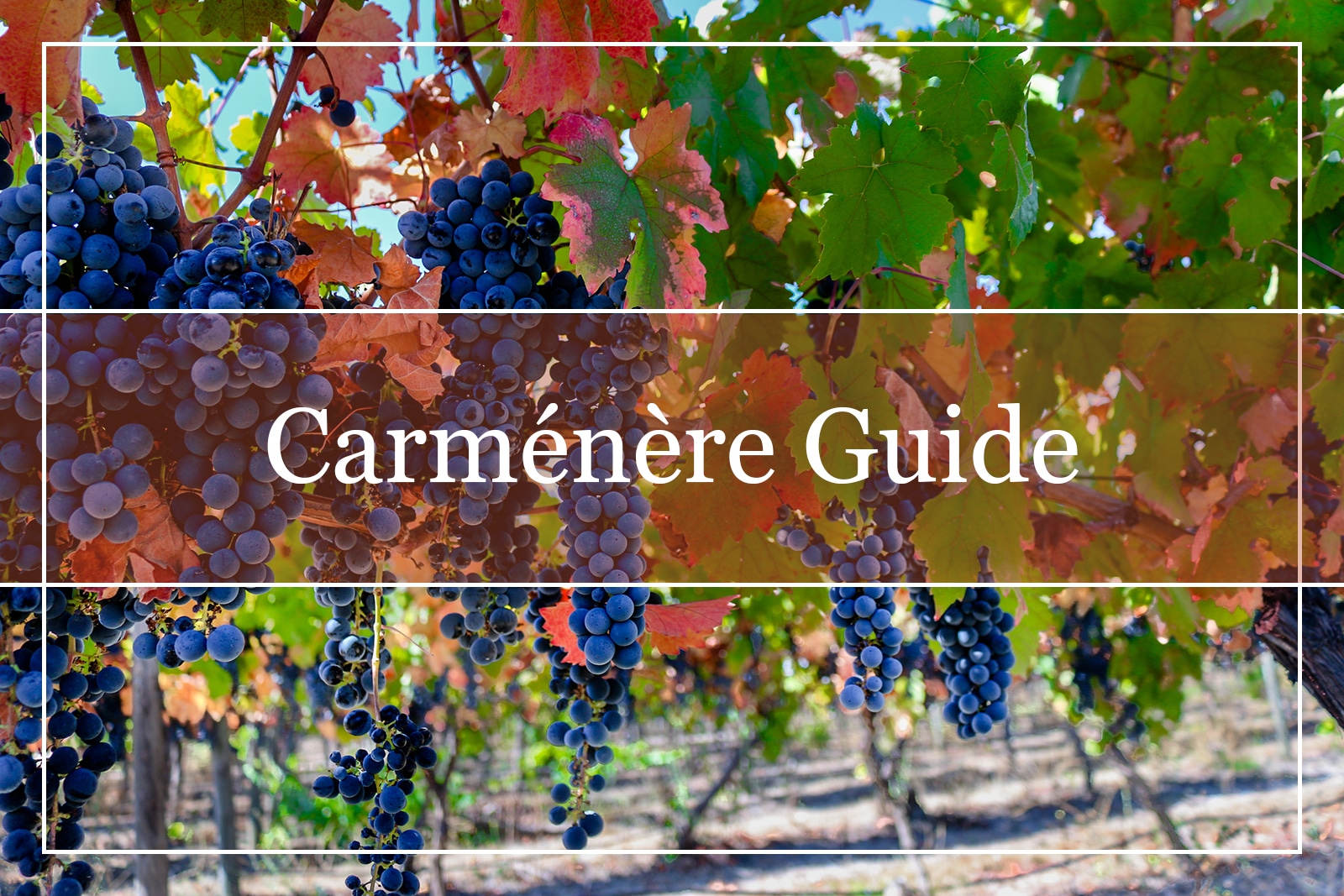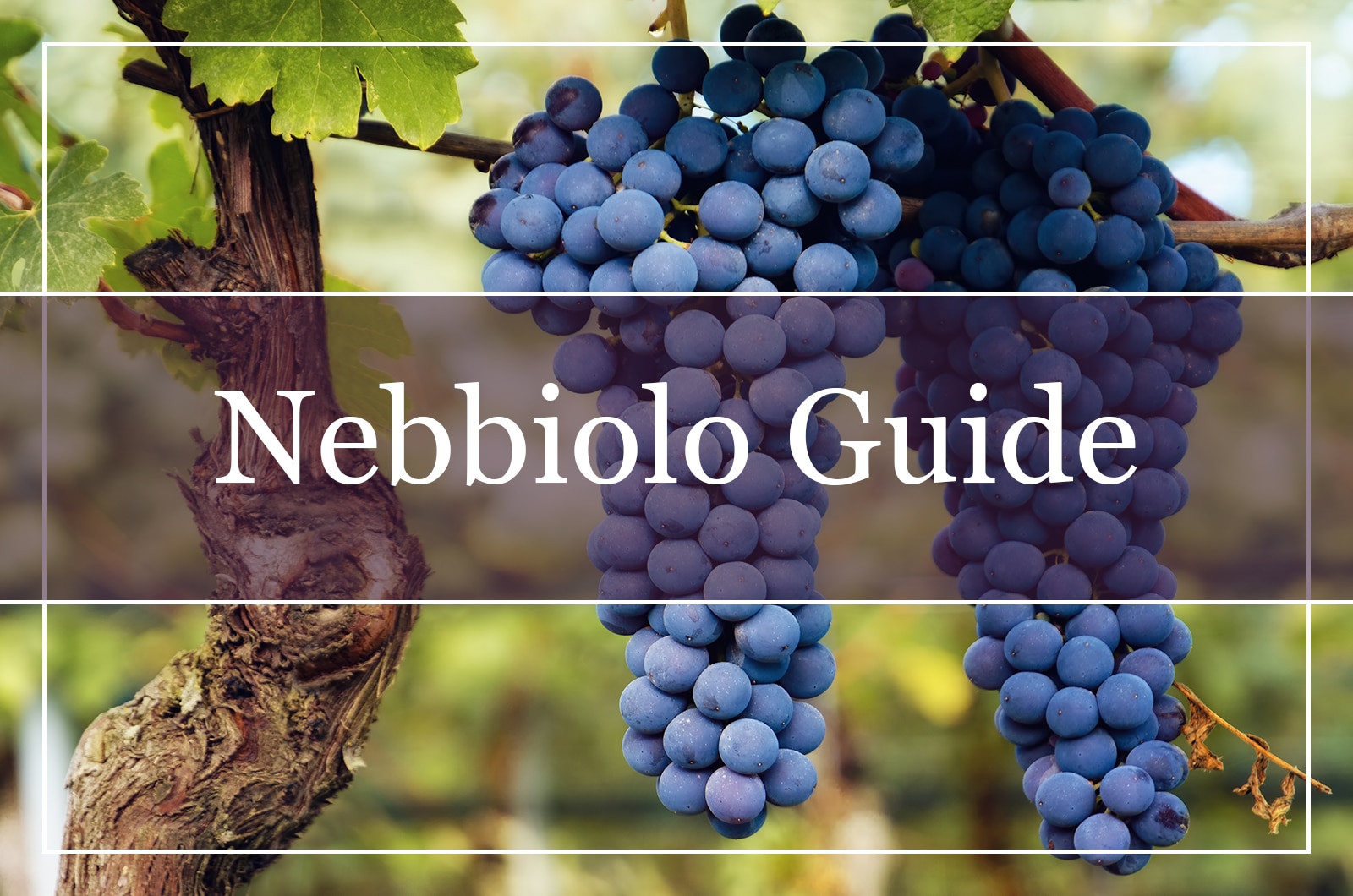What Is Riesling?
Riesling is an enigmatic white wine that is made from one of the most robust grape varieties in the world. While it has ethereal, and enchanting floral flavors, it has a strong core that makes it able to withstand many growing hardships that would stop other varieties in their tracks. For example, it can flourish in some of the coolest climatic regions due to its considerable ability to resist frost. It comes in a variety of styles and flavors and improves with age better than most other white wines. With its interesting flavor profile which includes hints of kerosene, it is an acquired taste, but Riesling wines are one of the most collectible wines and sought-after by connoisseurs globally.
Germany – the Birthplace of Riesling
The country that immediately comes to mind when you think about Riesling, is Germany. It is the birthplace of the largest and most prestigious Riesling winemaking traditions.
This aromatic white wine is known for its floral, fruity flavors and is a favorite for wine lovers who enjoy a white that is light in body. This wine has high levels of acidity and this Riesling characteristic makes it ideal for producing late harvest white wines. You will notice the aromas of citrus, peaches, flowers, and petrol in its bouquet.
Types of Riesling
There are four main types of Riesling wines. They are:
Sweet Riesling
These are mainly the German Rieslings which tend to be the sweetest of this white wine variety.
Dry Riesling
The Riesling produced in France, Austria, and America is known to be dry.
Semi-sweet Rieslings are less sweet than the German variety and they are considered to be well-balanced wines.
Sparkling Riesling
Germans produce a sparkling Riesling which is called “sket” and has been around since the 1800s.
The Riesling grapes form in tightly packed bunches on the vine. Their tendency to being prone to noble rot (a mould that forms on the small grapes which causes them to dehydrate and form concentrated sugars) makes them perfect for the creation of sweet wines. These vines are very good at expressing the features of the terroir, so unique styles of Riesling wines emerge from the different regions in which they are grown.
What Color Is Riesling?
The Riesling color differs with age and style of winemaking.
A young Riesling will usually be a pale straw color with green and yellow hues, and a Riesling from Mosel will be the palest of white wines. They should always appear clear and luminous.
Oak-Aging Influences the Color
When they have been oak-aged, Riesling wines display a golden or straw yellow color which may deepen to canary yellow or old gold. After many years of aging, this wine can turn an amber color with intense yellow highlights which are caused by oxidation. When the wine is too old and past its prime, it may look a dull brown-amber color and is best avoided. If the wine seems hazy or cloudy, you should be cautious about drinking it. This is not to be confused with a layer of sediment which is a natural side effect of aging.
Because Rieslings are highly acidic, do not be alarmed if you see white crystals that have formed at the base of the bottles are can be seen clinging to the cork. These are inert tartrate crystals caused by the high acidity and are a good indication that you have obtained a quality bottle of this white wine.
What Does Riesling Mean?
The origin of the Riesling name is unclear. It may come from the German word Rüssling. Rus means “dark wood” in German, or from Rissling which means to “tear of pull apart” (rissig/reissen). The name appeared in some Latin notes by Hieronymus Bock in 1557 when he wrote, “Rieslings grow on the Mosel, Rhine and in the district of Worms.”
How To Pronounce Riesling?
Riesling pronunciation is reez·luhng
(Riesling (/ˈriːzlɪŋ/)
There are two syllables (REE + sling). If you are still unsure about the pronunciation, then you will find many tutorials online that will assist you with pronouncing this name as well as any other wine names that you are unfamiliar with. Learn how to pronounce this wine name and you will be glad you did when you sample a glass from the wine menu.
Where Does Riesling Come From?
The Riesling grape has been growing in the region of the Rhine River for centuries. This mighty river flows through the cool climatic areas of Germany, France, Austria, and Switzerland. This hardy grape prefers the slate soils that are abundant in this region.
In Germany, you will find many vineyards in the Pfalz, Mosel, and Rheinhessen regions. German Rieslings are not usually blended or stored in oak. Their winemaking techniques differ in that regard so that the natural flavors of the grape and terroir are accentuated. It is in these regions that the most renowned winemakers like Schloss Johannisberg are found.
The Alsace region which is situated on the west bank of the Rhine is famous for its French Riesling wine farms. Here the winemakers have initiated subtle changes to the making of their Riesling which results in a wine with a higher alcohol content than the German Rieslings.
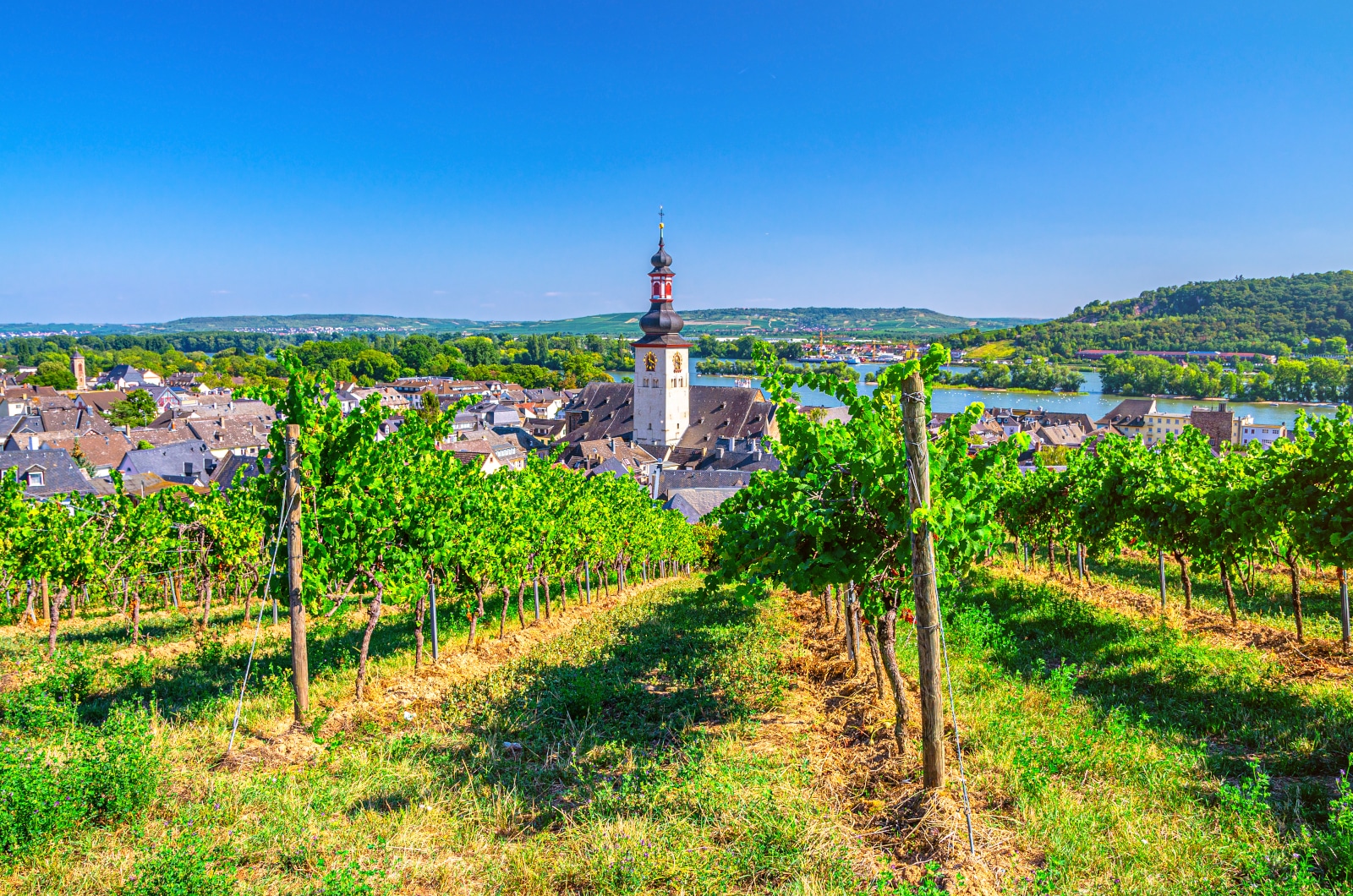
Riesling Finds Favor in the New World
In New World countries you will find Riesling grapes growing in Australia (Clare Valley, Eden Valley), even though the climate is hotter than what is usually ideal for producing Riesling and New Zealand (Gisbourne, Waitaki Valley, Wairarapa, Marlborough, Central Otago, Nelson, Canterbury). The South Island with its cooler climate is perfect for Riesling production.
The United States (Washington State, California, and the Finger Lakes) has found Riesling grows well in certain places. When German immigrants settled in these regions, they began to grow Riesling grapes and used their traditional methods to make this an important Riesling growing region.
It is thought that the Riesling grape is a direct relative of many of the most commonly produced wines today such as Chardonnay, Petit Verdot, Chenin Blanc, and Muscadelle.
What Kind of Wine Is Riesling?
Riesling is an elegant white wine with full fruit flavors and a richness of character. It is unique in the world of winemaking because of its subtle acidity, delicate sweetness, low alcohol content, and a distinctive aroma and taste.
Is Riesling Dry or Sweet?
Riesling wines from different regions have a wide range of differing styles. Riesling from Mosel can be intensely sweet or bone dry. Pfalz Riesling is more full-bodied and spicy, while Rheingau Rieslings are known to be dry and citrusy.
Read Riesling Labels Carefully
Germany has a complicated system for determining the sweetness category of its Riesling wines: There is Kabinett (bone dry to off-dry), Spätlese (sweet), Auslese (sweeter), Beerenauslese (very sweet), and Trockenbeerenauslese (the sweetest).
French Riesling from the Alsace regions is perfect as a dessert wine. It is luscious and rich with a pleasant dryness that enables it to pair well with creamy cakes and desserts.
New World Riesling tends to be very dry, fresh, and crisp on the palate.
What Does Riesling Taste Like?
Because of the wide variety of Riesling styles, it is not easy to describe the Riesling flavor profile. The drier the Riesling the more pleasurably acidic it will taste, and you will often be able to distinguish mineral tones. Mosel Riesling is perfectly balanced with a harmonious combination of acidity and crispness. Rieslings from other regions may be very sweet but are never sickly and syrupy.
Aromatic Aromas
The Riesling aroma has notes of herb, spice, flower, minerals, and earth. The aromas are intense and should rise from the glass and entice you with the aromatic fruity smalls of stone fruits like nectarines and apricots, followed by apple, and pear. Other notable hints are of honeycomb, jasmine, or lime, as well as the strangely pleasant smell of petrol which is caused by a natural compound, found in the grapes named TDN. This is particularly noticeable when a Riesling has been well-aged.
Riesling Tasting Notes
The Riesling taste is full of the fruit-forward flavors of berries and citrus. You may also detect tropical fruit flavors such as pineapple and some floral hints. The grapefruit and Meyer lemon influence lifts the acidity levels close to that of lemonade which gives it a crispness on the palate that leads to a juicy finish.
How to Serve Riesling?
The ideal temperature to serve Riesling is “fridge cold” i.e. 43 ºF (6 ºC). It is also recommended that older Rieslings are served at 10-12°C.
Riesling should be served in regular white wine glasses that allow the aromas to rise up to the nose and tantalize the taste buds. You should not fill the glass more than about a third of its capacity. To enjoy this wine to the maximum, a few wine tasting tips might come in handy. A little swirl of the wine will deposit drips (legs) that will flow down from the rim. A good Riesling should have thin legs that flow easily. Firstly, take a fairly large sip of the wine and allow it to access all the taste sensors. If you can suck in a little air as you swirl the wine, it will be aerated and even more, flavors will emerge than you were expecting.
How Long Should Riesling Breathe?
It is advisable to decant your Riesling for about fifteen minutes before serving, but it should not be left aerating for a lengthy period as it will lose its freshness and liveliness. The purpose of decanting a white wine is to ensure that there are no unwanted particles served in the glass and it allows the wine to aerate. The inclusion of oxygen at this point enables the flavors to become more rounded and identifiable, and it gives them a chance to show off in style.
Swirling your Riesling in the glass also increased the surface area of the wine and aerates as you are sipping. You will be amazed at the bouquet that is released, and you will be seduced into taking another sip.
What Food to Pair With Riesling?
Because Riesling is such a versatile white wine, and its unique dry to sweet range, enables it to pair beautifully with an incredibly vast type of cuisines and food types. So, this wine gives you a huge amount of scope and freedom in what to choose to serve with it and it should give you the confidence to serve it and expect to be complimented.
Riesling Food Pairing – Remember Spice Is Nice!
Who would have thought that a wine that originated in the chilly countries of Northern Europe would make the perfect match with hot and spicy Asian food? Riesling’s tangy acidity and hints of sweetness make it delicious with spicy food.
Just try it with:
Hot Thai curries, sizzling Chinese stir-fries, any Indian curries, and spicy Asian soups.
You can’t go wrong by serving Riesling with meats such as Duck, Pork, Bacon, and Chicken especially if they have been soaking up a tangy marinade. Seafood, like shrimp and crab, is divine served with this white wine.

Riesling and Herbs
Aromatic herbs will come alive with Riesling in your glass. Try it with Cayenne Pepper, Ginger, Clove, Cinnamon, Allspice, Turmeric, Sichuan Pepper, Shallots, Soy Sauce, Sesame, Marjoram, Basil, Rice Vinegar, and Teriyaki Sauce. So, I am sure you have recognized Italian, Mexican and Japanese influences in that list.
Riesling With Vegetarian Meals
Vegetarians need have no fear because Riesling goes well with many vegetarian and vegan dishes. From basics like Roasted vegetables – potato, onions, peppers, eggplant, and carrot, to exotic ones like coconut and tempeh you will be delighted with the match.
Riesling Cheese Pairing
Semi-dry Riesling is better with creamy, soft cow’s milk cheese than stronger flavored cheeses. Try it with Havarti and Jarlsberg.
Sweet Riesling, on the other hand, is gorgeous with any blue-veined cheese, strong Cheddar or Gouda, Feta, or Parmigiano Reggiano.
How Much Alcohol Does Riesling Have?
The Riesling alcohol content is generally quite low at around 8%. Especially the German Kabinett Riesling and Italian Moscato d’Asti. (5.5% ABV). These wines tend to be on the sweeter side because there is residual sugar after the required alcohol level is attained.
How Many Calories Are There in Riesling?
There are on average 23 calories per ounce in a Riesling wine. That means that a single glass would contain 115 calories. That is below the number of calories of the average glass of white wine. The carbs in a glass of Riesling amount to 5.5 grams. The rather low calorie count means that Riesling is a good choice for those who are monitoring their weight.
Conclusion
German Riesling has had an enduring effect on the wine cultivation and traditions of the country and it is still as popular today as it ever was. It is a white wine that has been held in high esteem by the elite of society and has achieved unbelievably high prices on the global market. It is renowned for being a wine of quality and authenticity.
Sophisticated, but Not Snobby
Having said all that, it is also a wine that is welcome to the everyday dining room table and for friends to enjoy in good company or when celebrating any of life’s great moments. This is a wine that has my unreserved esteem and anyone reluctant to try it is surely missing one of the best wine drinking experiences to be had!

